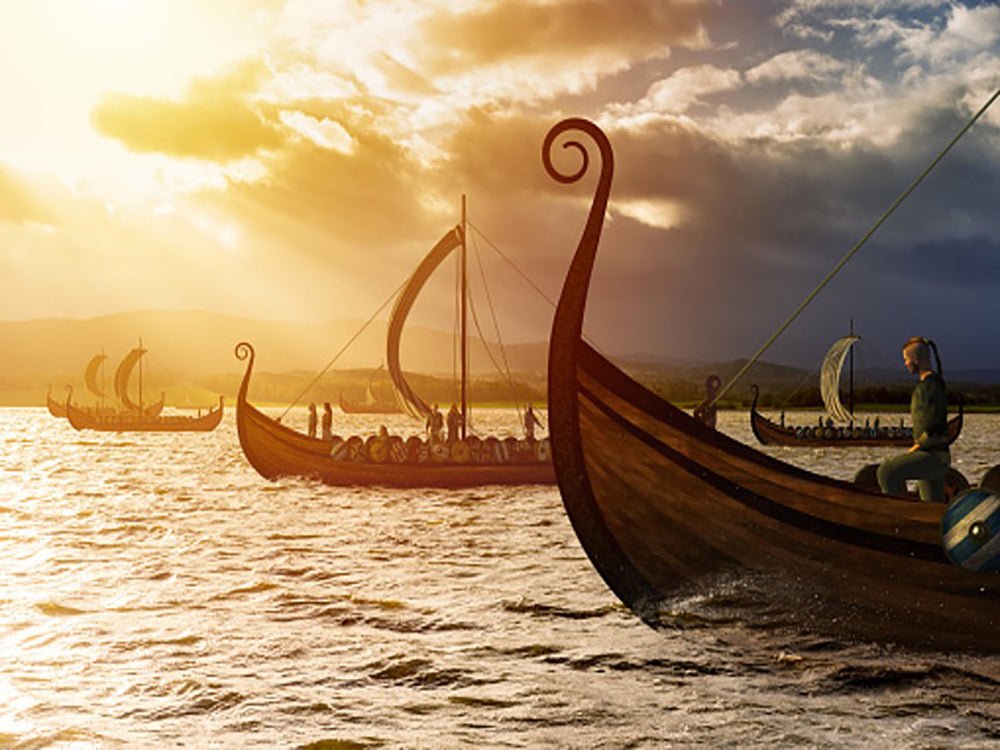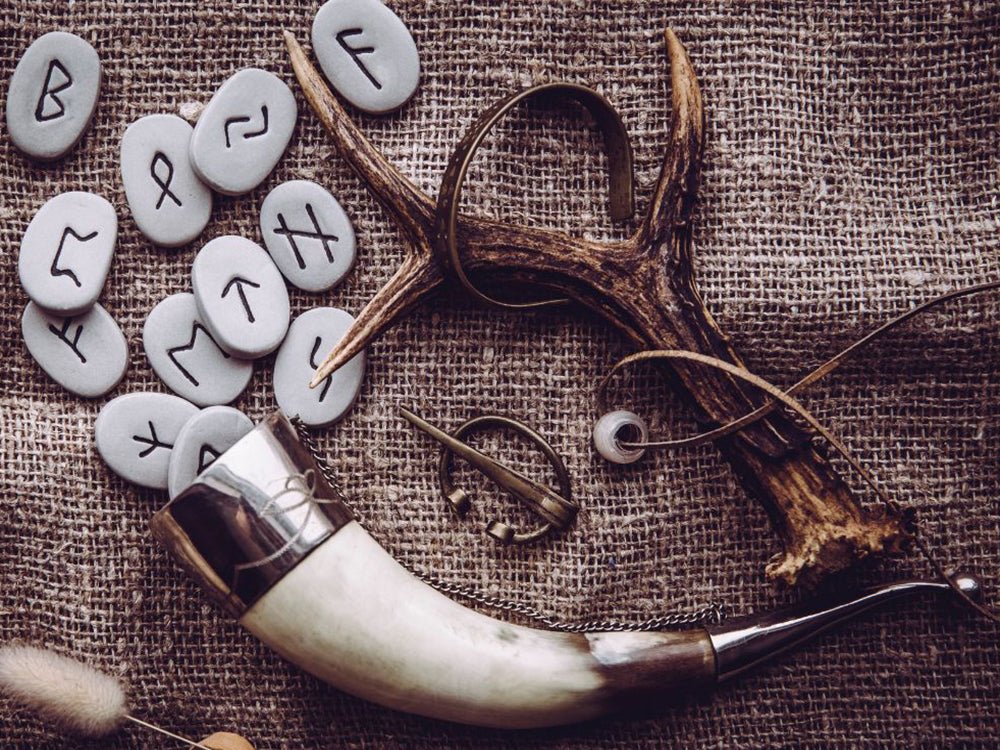Viking Longships: All you need to know

As excellent seafarers, explorers, merchants, and raiders, much of the Vikings’ legacy today would not have been possible without the help of longships. The longship was the secret to the Vikings’ success: the tool with which they became one of the dominant forces from the Arctic Ocean to the Caspian Sea. Even to this day the longship is one of the most recognisable symbols of mediaeval Nordic civilisation, adorning everything from company logos to city shields. But how much do we know about these fascinating vessels and how are we able to separate the mythological from the historical? Well, thanks to some extraordinary archaeological finds and historical sources written by both Vikings and their contemporaries, historians have been able to piece together an image of how longships were made, what they were used for and the place they held in Viking society.
The Anatomy of a Longship
Let’s start by talking about what longships are and how they differ from any other type of vessel used by the Vikings and their contemporaries. Archaeologists know they’ve found a ‘true Longship’ when it’s at least five times as long as it is wide and has both a mast to mount a sail and rows of benches for a team of oarsmen. They’re characteristically long and thin, with a shallow hull and a completely symmetrical bow and stern. These ships were built using the clinker method, which had been used in Scandinavia since the 6th century. This technique minimises the internal framing of a ship by building the hull from overlapping wooden planks and filling the gaps with a mixture of tar and wool, moss or animal hair.
Archaeologists have discovered evidence of long, narrow ships being used in Scandinavia as early as the 4th century BCE, so why do we talk about ‘True Longships’ emerging in the 9th century, around the dawn of the Viking age? Crucially, those earliest ships didn’t combine the use of wind and oar power, meaning that they didn’t have the speed and agility that gave the Vikings such a maritime advantage over other civilisations of their day. Ships dating from before the 6th century also use a variety of building techniques rather than being strictly clinker-built, meaning that they were heavier and had less capacity for manoeuvrability.
The Secret to the Vikings’ Success

Everything about the longship was designed to facilitate agile, dynamic movement through the water. Though other civilisations of the day also used clinker-built, longship-type vessels, the ability of Viking longships to move so precisely around a headland or navigate deep inland through a river system gave the Vikings a clear advantage over their neighbours. Combining two methods of propulsion, wind, and manpower, meant that a longship could travel at 5-10 knots (9.3-18.5 kmph) in average conditions, and could even reach speeds of up to 15 knots (28 kmph) in favourable conditions. This raw speed combined with the manoeuvrability offered by the symmetrical design, which allowed longships to change direction at a moment’s notice, meant that Viking raiding teams could approach a coastal settlement quickly and from an obscured angle so that they would not be immediately spotted.

Another key advantage offered by the longship’s design was the shallow hull, very little of which ever dipped below the waterline. This meant that Viking seafarers could sail incredibly close to the shore and even make beach launches and landings. The ability to traverse shallow waters also allowed Vikings to navigate inland through river systems, which was instrumental in spreading Scandinavian influence across Europe. During the 9th century, Viking raiders sailed entire fleets of longships deep into the collapsing Frankish empire and attacked rich, inland cities including Rouen, Paris, and Hamburg. The ability to sail down rivers also opened up lucrative trading possibilities to the East. Viking merchants used the Dnieper River to sail from the Baltic Sea all the way to Constantinople where they traded a plethora of goods including honey and furs. They also laid siege to the city twice, first in 860 and later in 907, but in general the relationship between the Vikings and Byzantium was amicable and mutually beneficial.
Different Ships for Different Uses
Of course, as versatile as a single longship could be, you couldn’t expect there to be one standardised model intended to be used in everything from fishing trips to sea battles. Archaeologists have identified several types of longships, characterised primarily by size, which would have carried out very different roles in Viking society. The smallest ‘True Longship’ is called a Karvi. With just 13 rowing benches, this would have been used as a general-purpose vessel for fishing and small-scale trade, though it might have been commissioned for military use to transport additional supplies or manpower. The Snjekka, a slightly larger variety with upwards of 20 rowing benches, is thought to have been the most common type of Viking vessel and would have been used frequently in battle. In fact, it’s said that King Cnut took control of Norway with the help of 1200 of these ships in 1028.
A longship numbering over 30 benches is called a Sneid, meaning ‘slider.’ These were large, powerful vessels, used for sailing long distances overseas. Their hulls were still shallow enough that the boat could be sailed up onto land, allowing crews to pitch tents for the night, but on journeys through open waters the sail could be pulled down over the walls, giving the oarsmen some cover while they slept on the decks. The largest longship ever discovered, the Roskilde 6, was a Sneid, counting an impressive 39 benches and necessitating 78 oarsmen and 1 cox. The final type of longship is called a Drakkar or Dreki. Literally meaning ‘Dragon,’ these longships counted over 30 benches and were elaborately carved and painted, often with a dragon or snake lurching out of the bow. No such ship of this kind has ever been unearthed by archaeologists; however, they are described in so many historical sources that historians believe the fabled Drakeship is more than just legend.




